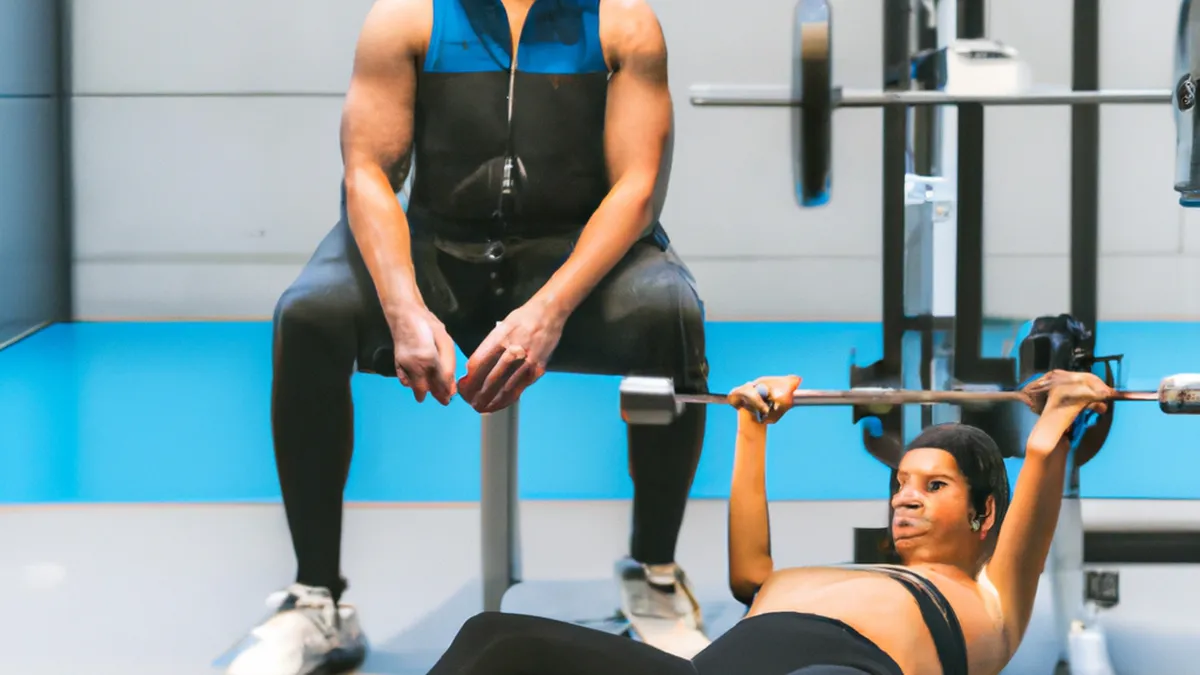Heart Rate: Key to Injury Prevention Insights
Heart Rate Monitoring for Injury Risk AssessmentAthletes and fitness enthusiasts often push their limits to improve performance and endurance. This drive can lead to injuries that sideline dedicated athletes. Heart rate monitoring serves as an effective tool for assessing injury risk. By understanding your heart rate and heart rate variability (HRV), you can adjust training, recognize rest needs, and avoid overexertion. This blog post explores how heart rate monitoring helps you stay safe while pursuing fitness goals, along with practical tips for effective use.
As an Amazon Associate I earn from qualifying purchases.
Gear tip: consider foldable yoga mat, massage ball set, and standing desk balance board to support this topic.
Understanding Heart Rate and Heart Rate Variability
**Heart Rate (HR)** measures how many times your heart beats per minute (BPM) and indicates cardiovascular fitness and overall health. **Heart Rate Variability (HRV)** assesses the variation in time between heartbeats. A higher HRV typically indicates a well-functioning autonomic nervous system and a healthy heart. A lower HRV may signal stress, fatigue, or overtraining.Monitoring HRV offers valuable insights into your body’s readiness for training. Significant fluctuations in HRV can indicate stress or fatigue, suggesting your body needs a break. Understanding heart rate and HRV helps you make informed decisions about training and recovery.
The Connection Between HRV and Injury Risk
Numerous studies link low HRV with an increased risk of injury. When fatigued or stressed, your body struggles to recover, increasing injury susceptibility. Consistently low HRV indicates your body may not handle training loads effectively. Regularly tracking HRV helps you identify patterns that indicate when to push harder or ease up.For example, if you notice a drop in HRV after intense training, consider taking a lighter training day or incorporating recovery strategies to prevent injury. Conversely, a high HRV reading may suggest your body is ready for a demanding workout.
How to Measure Your Heart Rate
You can measure your heart rate using fitness trackers, smartwatches, or chest straps. These devices allow real-time heart rate monitoring, providing valuable feedback during workouts. Choose a method that suits your lifestyle and budget.For accuracy, use chest straps for monitoring heart rate during exercise. Wrist-based sensors in smartwatches offer convenience for casual tracking. Many devices also track HRV, providing deeper insights into recovery and overall health.
Tips for Effective Heart Rate Monitoring
1. **Know Your Resting Heart Rate**: Your resting heart rate indicates your cardiovascular fitness.
Conclusion
In summary, heart rate monitoring helps assess injury risk, guiding your training and recovery for safer fitness pursuits.
Below are related products based on this post:
FAQ
What is heart rate monitoring?
Heart rate monitoring is the process of measuring how many times your heart beats per minute. It helps assess cardiovascular fitness and overall health, providing insights into your physical condition during training.
How does heart rate variability (HRV) relate to injury risk?
Low heart rate variability (HRV) is linked to an increased risk of injury, as it indicates stress or fatigue in the body. Monitoring HRV allows athletes to identify when they need to ease up on training to prevent injuries.
What devices can I use to measure my heart rate?
You can measure your heart rate using fitness trackers, smartwatches, or chest straps. Chest straps are recommended for accuracy during exercise, while smartwatches offer convenience for casual tracking.















Post Comment